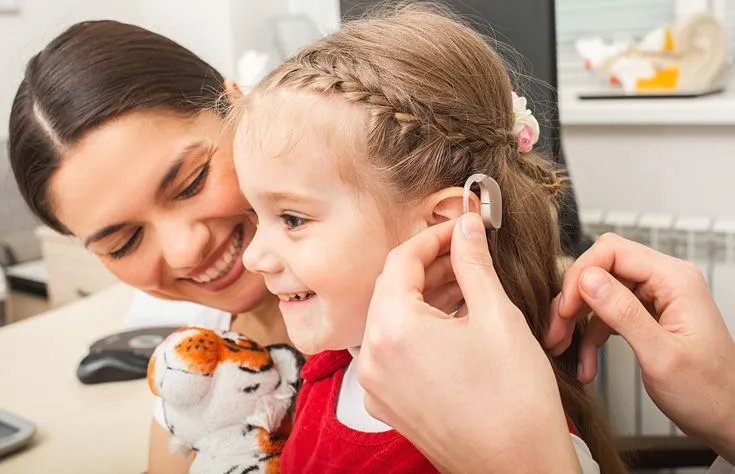A child’s hearing health is the foundation of speech development, communication, and overall learning. If hearing issues go unnoticed, speech delays and social difficulties become inevitable. So how can parents detect problems early? Let’s look step by step.
Understanding Hearing Issues in Children
What is hearing loss?
Hearing loss means a weakening or complete absence of sound signals traveling from the ear to the brain.
Temporary vs. permanent problems
Ear infections may cause temporary loss, while genetic disorders can lead to permanent impairment.
Main Causes of Hearing Disorders
Genetic factors
Inherited traits account for a large percentage of childhood hearing loss.
Postnatal risks
Complicated birth, premature delivery, or oxygen deprivation may damage the auditory nerve.
Infections and illnesses
Measles, rubella, and middle ear infections often harm hearing.
Exposure to loud noise
Continuous loud noise can irreversibly damage the inner ear.
Early Signs
Signs in infancy
No reaction to sounds
If a 3–4 month old does not respond to loud noises, seek medical advice.
Delayed cooing and babbling
Late babbling can signal a hearing issue.
Preschool age
Slow speech development
If a child cannot say simple words by age two, hearing loss may be the cause.
Watching TV at high volume
A constant need for louder sound is a warning.
School age
Inattentiveness in class
Repeatedly asking the teacher to repeat or being distracted may indicate hearing issues.
Inappropriate answers to questions
Misunderstanding questions is a clear sign of reduced hearing.
Initial Home Checks for Parents
Parents can perform simple sound tests at home using toys, bells, or music while observing the child’s reaction.
Professional Diagnostic Methods
Audiometry
Measures how the ear responds to different sound frequencies.
Tympanometry
Checks middle ear pressure and eardrum flexibility.
Otoacoustic emission test
Pain-free method to evaluate inner ear response.
Newborn hearing screening
A quick, safe test conducted within the first days of life.
Next Steps if a Problem is Confirmed
An audiologist will create a treatment plan, and speech therapy should be started in parallel.
Treatment and Rehabilitation
Special pediatric in-ear and behind-the-ear devices improve sound quality. Speech therapy supports language development.
Choosing a Hearing Aid
Bluetooth and waterproof models are ideal for active children. Choose with professional guidance.
Preventive Measures
Maintain ear hygiene and protect your child from excessive noise.
Social and Psychological Support
Collaboration between parents, teachers, and a psychologist builds the child’s confidence.
Conclusion
Hearing problems can hinder a child’s development, but early diagnosis and proper treatment allow them to live a normal life.
Frequently Asked Questions (FAQ)
1. What should I do if my baby doesn’t react to sounds?
See an audiologist immediately.
2. Does a hearing aid affect speech development?
Yes, it amplifies sound and accelerates language skills.
3. Is newborn hearing screening safe?
Completely safe and painless.
4. Can children’s hearing loss be treated?
Depending on the cause, treatment and rehabilitation are possible.
5. How does hearing loss affect school life?
It leads to concentration problems and learning difficulties.



